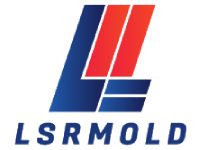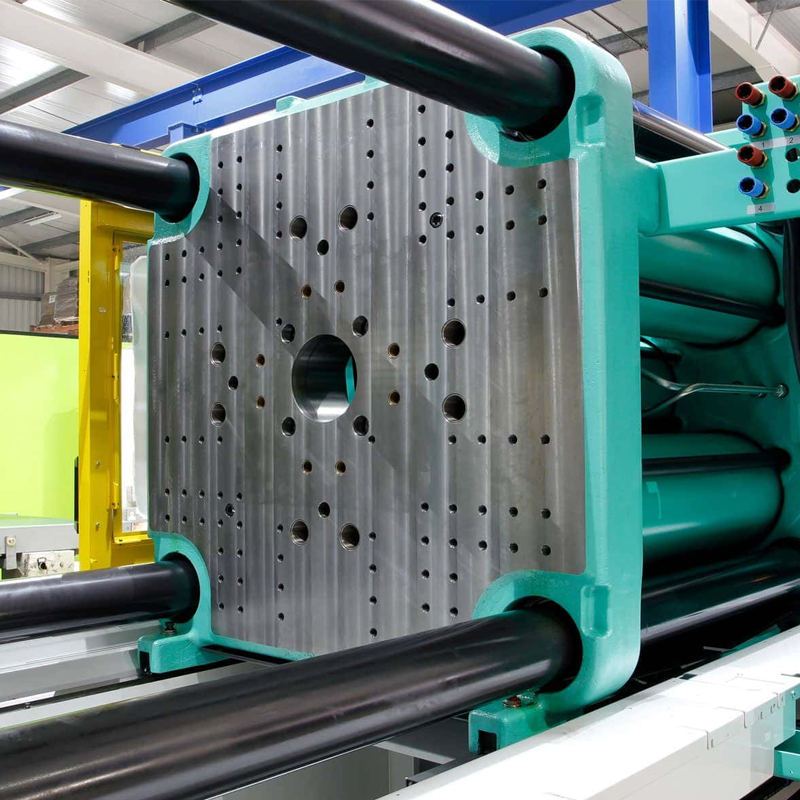Injection molding is a versatile manufacturing process widely used to produce various components across multiple industries. When considering injection molding for your project, understanding its cost structure is critical to evaluating its feasibility. Injection molding costs can vary significantly depending on the project scope, design complexity, material selection, and production volume.
In this blog, we’ll break down the key factors influencing injection molding costs, explore production volume considerations, and share practical strategies to help you reduce expenses while maintaining high-quality standards.
Key Factors Affecting Injection Molding Costs
-
Tooling Costs
The mold tooling cost is one of the most significant contributors to the overall injection molding budget. Custom molds require precision machining and often involve a one-time, upfront investment. The manufacturing process for molds typically involves one of these methods:
– CNC Machining: A precise and reliable method for crafting molds from aluminum or steel, CNC machining offers high accuracy and durability, making it suitable for complex designs.
– EDM (Electrical Discharge Machining): Ideal for intricate designs, EDM uses electrical discharges to shape the mold material. While highly precise, it is best suited for metal molds.
– 3D Printing: A cost-effective option for rapid prototyping and low-volume production. However, 3D-printed molds have size limitations and may lack the durability of machined molds.

-
Equipment Costs
Injection molding machines vary in size, complexity, and cost. Choosing the right machine for your production needs can significantly impact your expenses:
– Electric Machines: Energy-efficient and highly accurate but with a higher initial cost.
– Hydraulic Machines: Cost-effective for initial investments but consume more energy and may lack precision.
– Hybrid Machines: Combining the best of both worlds, hybrid machines offer precision and efficiency but require significant maintenance and upfront costs.
For small-scale projects, outsourcing to a reliable injection molding service provider can often be more cost-effective than purchasing machinery.
-
Material Costs
The choice of plastic resin and additives plays a crucial role in determining costs. Common materials like ABS, polypropylene (PP), and polyethylene (PE) vary in price based on availability, properties, and applications. Material costs typically range from $1 to $5 per kilogram. Additionally, complex designs or large parts requiring more material can further increase costs.
-
Part Design and Complexity
The complexity of a part’s design directly influences the mold cost and production time. Features such as intricate undercuts, tight tolerances, or textured surfaces require more sophisticated molds and longer manufacturing cycles, leading to higher costs.
Simplifying your design and minimizing unnecessary features can reduce costs without compromising functionality.
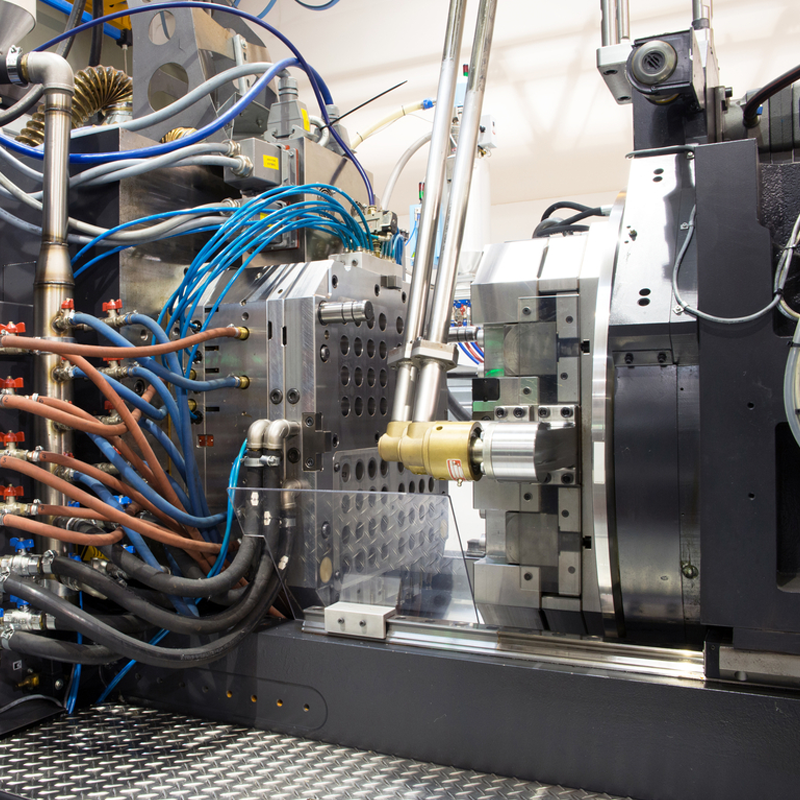
-
Labor and Maintenance Costs
While modern injection molding processes are highly automated, labor costs are still a factor. These include:
– Setup Costs: Configuring molds and machines for production requires skilled technicians.
– Maintenance and Repairs: Regular upkeep of molds and machines ensures consistent quality but adds to operating costs.
– Operator Costs: Monitoring automated processes still requires trained personnel, particularly for troubleshooting and quality control.
Production Volume and Its Impact on Costs
Production volume plays a critical role in determining injection molding costs. Here’s a breakdown by volume:
– Low-Volume Production (100–1,000 parts): Cost-effective for prototyping and short runs using materials like aluminum or 3D-printed molds. Costs per part can be relatively high due to limited economies of scale.
– Mid-Volume Production (5,000–10,000 parts): Pre-hardened steel or aluminum molds strike a balance between cost and durability, making this ideal for medium-scale manufacturing.
– High-Volume Production (100,000+ parts): Steel molds and advanced machinery ensure cost efficiency for large runs, with per-part costs significantly reduced.
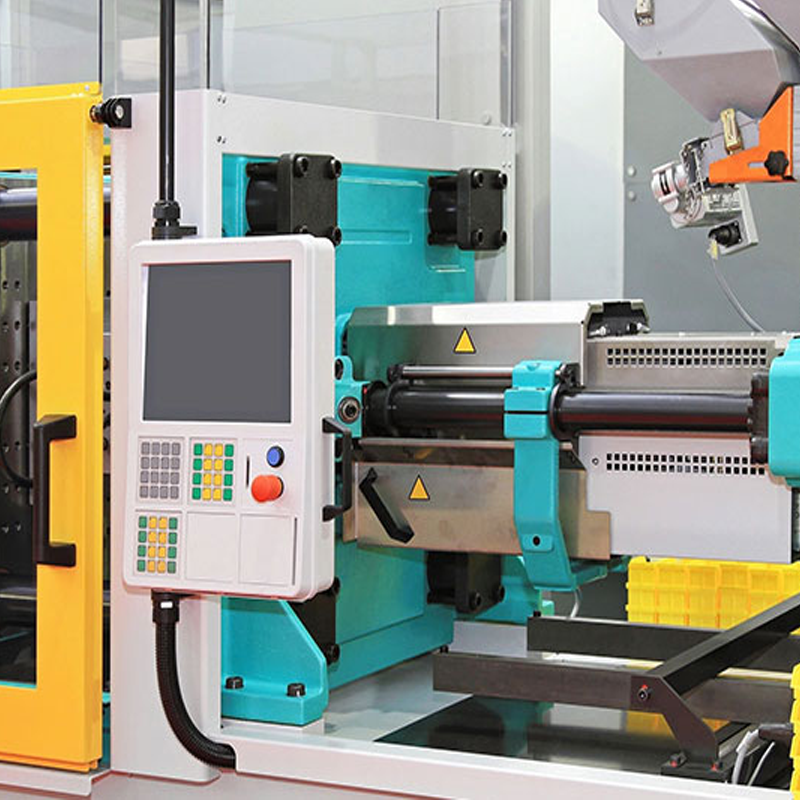
Strategies to Reduce Injection Molding Costs
Reducing costs without sacrificing quality is essential for any injection molding project. Here are some practical strategies:
-
Optimize Design with DfM
Design for Manufacturing (DfM) ensures your part is efficient to produce. Collaborate with engineers to simplify features, reduce undercuts, and optimize wall thickness, which can minimize tooling and material costs.
-
Select Cost-Effective Materials
Choose affordable materials that meet your functional requirements. For example, polypropylene is a versatile, cost-efficient choice for many applications.
-
Utilize Standardized Molds
Whenever possible, use universal or semi-custom molds to reduce tooling expenses. These molds can achieve high-quality results while avoiding the costs of fully custom designs.
-
Increase Production Volume
Spreading tooling and setup costs across larger production volumes reduces the cost per part. If feasible, scale up production to take advantage of economies of scale.
-
Consider Insert Molding
Insert molding integrates components like threads or metal parts during the injection molding process, eliminating the need for secondary assembly and reducing labor costs.
-
Minimize Mold Cavities
Reduce the number of cavities in the mold to lower tooling costs. A mold flow analysis can help determine the optimal cavity count for your design without compromising production efficiency.
-
Self-Mating Parts
Design parts that attach to themselves, such as snap-fit or interlocking components. These designs reduce the need for additional molds and simplify assembly.
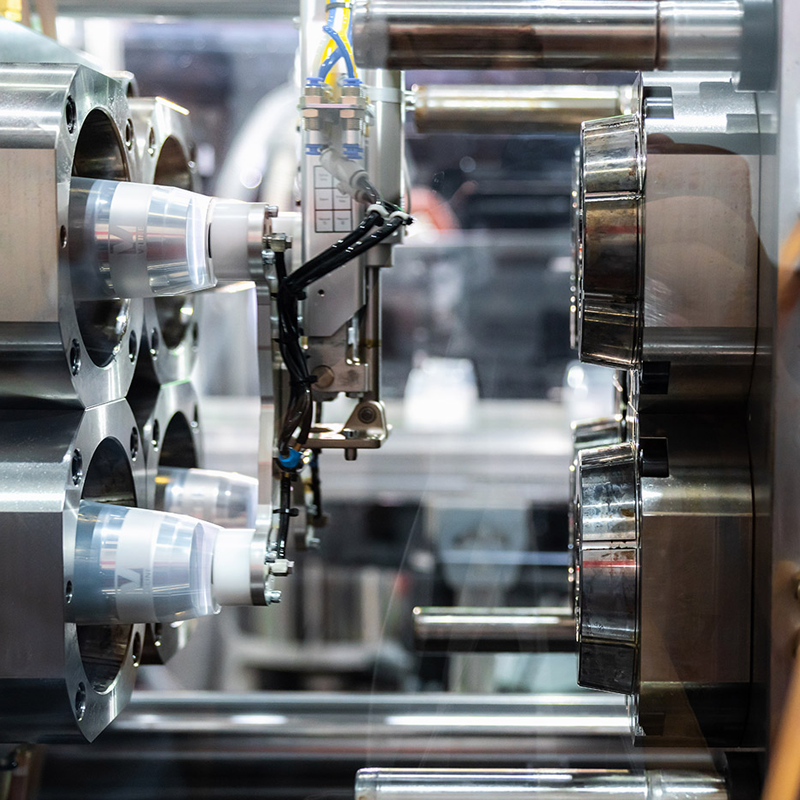
Conclusion
Understanding the factors influencing injection molding costs allows you to make informed decisions and optimize your manufacturing process. From tooling and material selection to design and production volume, every choice impacts the bottom line. By implementing cost-saving strategies, you can achieve high-quality results without exceeding your budget.
Have questions about your injection molding project? Contact us today to discuss your requirements and learn how we can help reduce your costs while delivering exceptional results.
